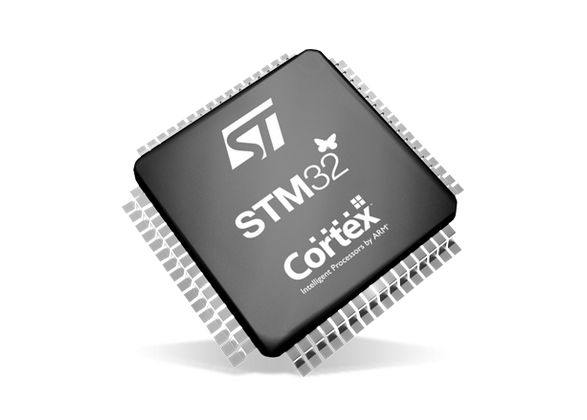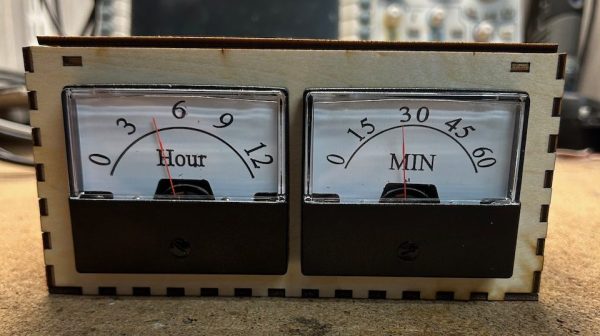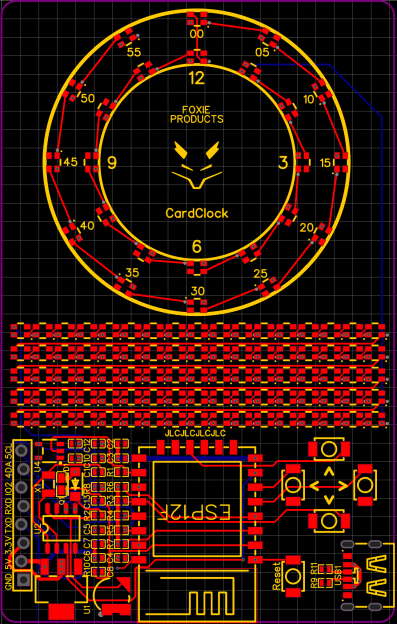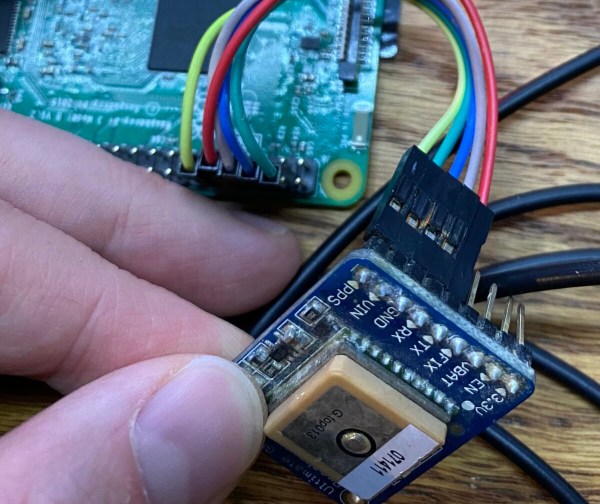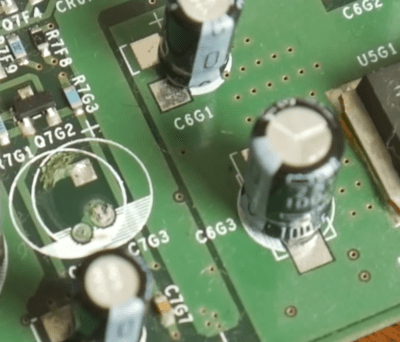Keeping track of time is essential, even for microcontrollers, which is why a real-time clock (RTC) peripheral is a common feature in MCUs. In the case of the STM32 family there are three varieties of RTC peripherals, with the newest two creatively called ‘RTC2′ and RTC3’, to contrast them from the very basic and barebones RTC that debuted with the STM32F1 series.
Commonly experienced in the ubiquitous and often cloned STM32F103 MCU, this ‘RTC1’ features little more than a basic 32-bit counter alongside an alarm feature and a collection of battery-backed registers that requires you to do all of the heavy lifting of time and date keeping yourself. This is quite a contrast with the two rather similar successor RTC peripherals, which seem to insist on doing everything possible themselves – except offer you that basic counter – including giving you a full-blown calendar and today’s time with consideration for 12/24 hour format, DST and much more.
With such a wide gulf between RTC1 and its successors, this raises the question of how to best approach these from a low-level perspective.
Continue reading “Bare Metal STM32: The Various Real Time Clock Flavors”

